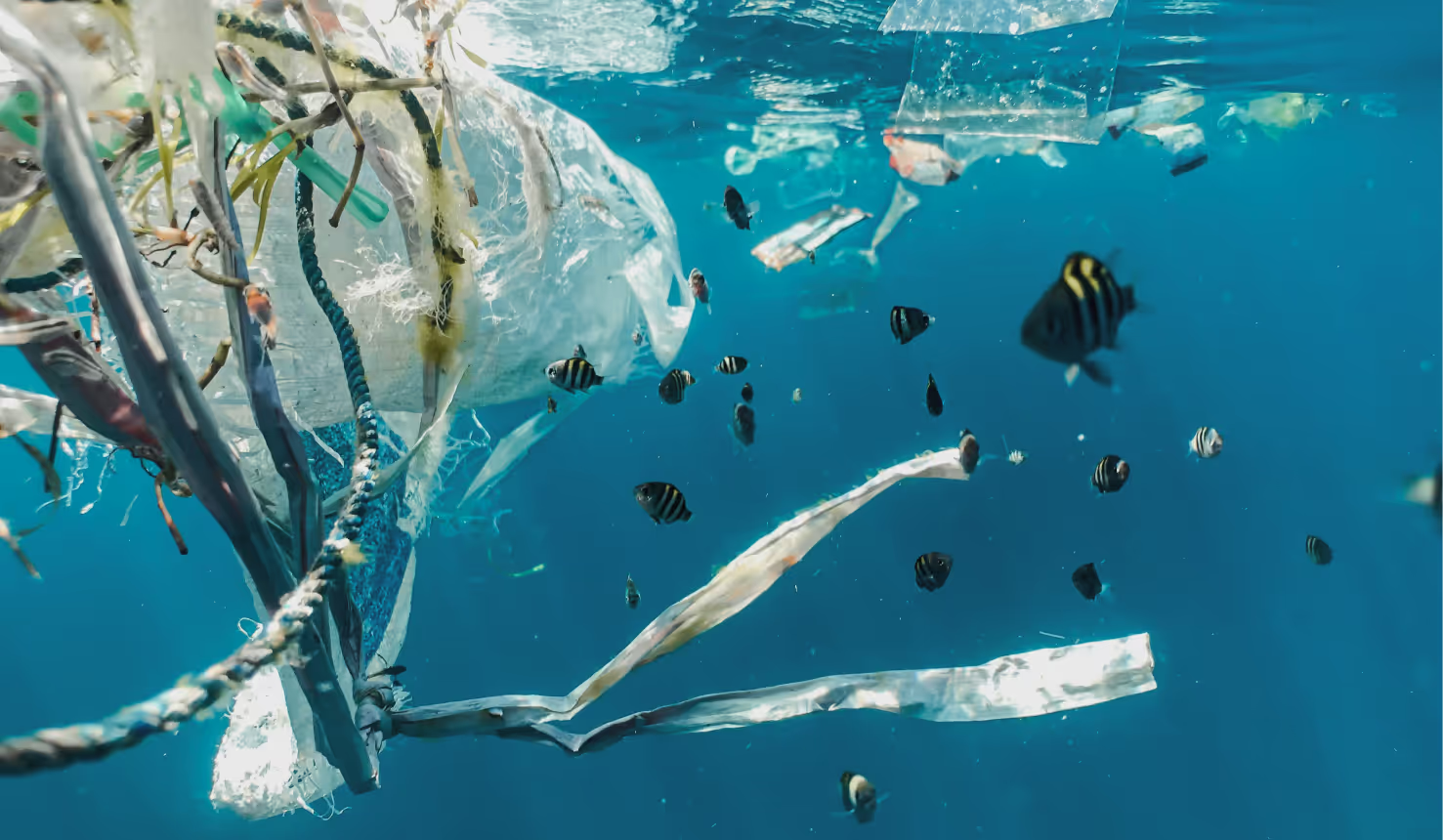How Much Plastic is in the Ocean? (And Where Does it End Up?)

Join the community





Eight million pieces of plastic waste are dumped in our oceans every day. In 2014, a study estimated that there were 5.25 trillion macro and microplastics floating in the open ocean. This is the amount of trash in the ocean.
This pollution directly harms marine wildlife, including seabirds, whales, fish, and turtles. These animals often mistake small plastic pieces for prey, leading to lacerations, infections, reduced swimming ability, and internal injuries.
Just one country accounts for 35% of ocean plastic. It's not a large growing economy like India or China, nor is it an industrialized giant in North America or Europe. Surprisingly, it's an Asian nation with an archipelago of over 7,000 islands: the Philippines.
So how did this island nation become one of the highest contributors to ocean plastic? The answer lies in its 22500-mile-long coastline and 4,820 rivers that flow into the ocean.
What are the sources of ocean plastic?
Land-based sources are responsible for 70-80% of the plastic in our oceans by weight, with rivers carrying it to the ocean. The remaining 20-30% comes from marine sources such as fishing nets, lines, ropes, and abandoned vessels.
Asia has the highest number of rivers that contribute land-based plastic to the oceans, followed by East Africa and the Caribbean. Asia is also home to the top 10 rivers that emit the most plastic, with seven of them located in the Philippines. Among these rivers, the Pasig River in the Philippines alone is responsible for 6.4% of global river plastics.
Although it is understandable that Asia, being the most populous region in the world, contributes significantly to plastic consumption, it may also be surprising as wealthier countries tend to consume more plastic.
Impact of waste management on ocean plastic pollution
Wealthier countries typically have better local waste management practices, which include methods such as incineration, recycling, or sending plastic waste to well-managed landfills. Although recycling rates may be low and the other two options still contribute to pollution, this approach helps prevent plastic from ending up in the oceans.
In contrast, the lack of local waste management practices in the growing economies of Asia and Africa allows plastic waste to enter rivers.
Interestingly, many wealthier nations like the U.S. export a significant amount of their plastic waste to developing nations with poor waste management practices. It’s unclear how much plastic in developing nations actually comes from the waste of wealthier countries.
After China banned the import of plastic waste, the U.S. has been shipping it to countries like Malaysia and Indonesia, island nations in Asia with poor waste management practices.
As a result, this plastic waste may find its way into the oceans through these nations, even though it was not produced or consumed within their territory.
Trapping plastic waste in rivers is one of the most effective solutions for addressing ocean plastic waste. Solutions such as Blue Barriers and River Cleaning involve the creation of artificial barriers to trap floating plastic waste in rivers. These barriers remove, treat, and prevent the waste from reaching the oceans.












